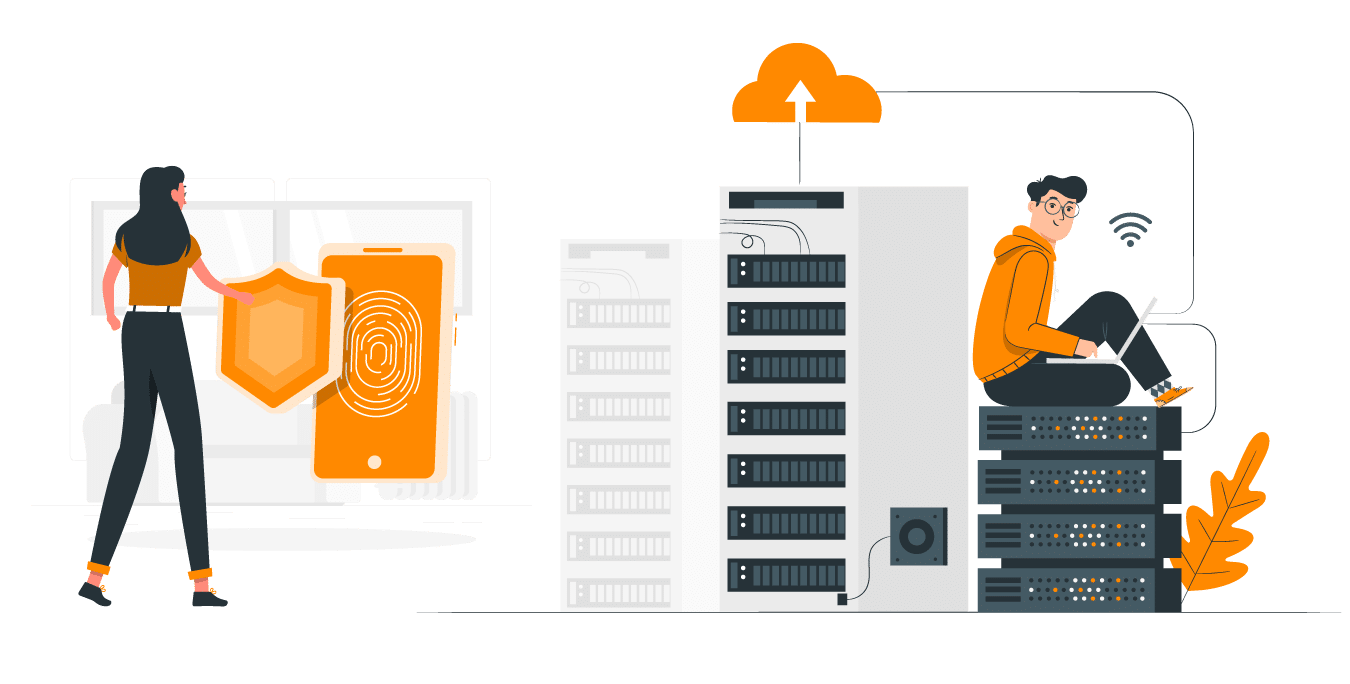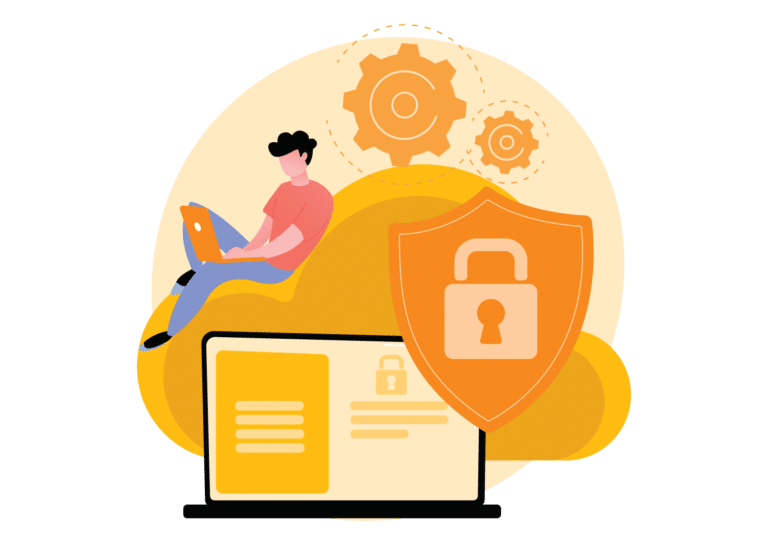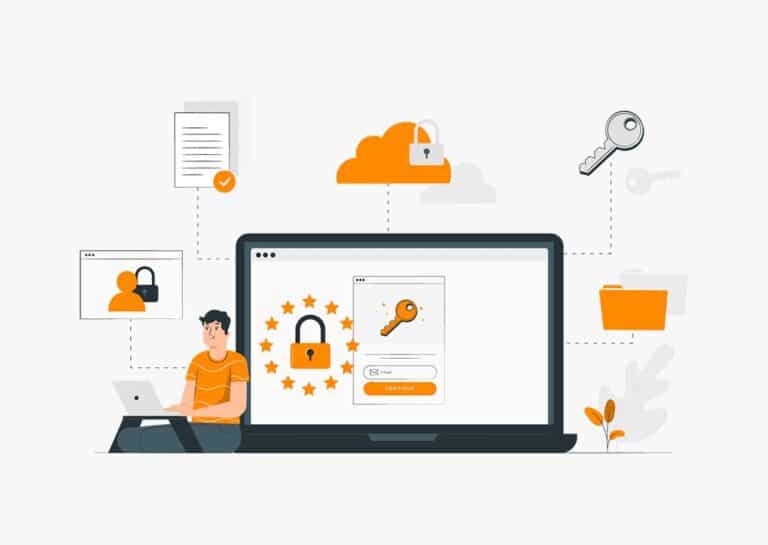
The shift from on-premise to cloud-based IAM solutions: Trends in Identity & Access Management (IAM)
IAM remains one of the mainstays of modern corporate security
In today’s digital world, Identity & Access Management (IAM) is crucial to ensure the security and smooth running of business processes. Companies are faced with the choice between traditional on-premise solutions and innovative cloud-based IAM systems, also known as Identity as a Service (IDaaS). An IAM is a tool that enables companies to manage the identities and authorizations of their employees and other users in the IT infrastructure. It plays an essential role in ensuring data security, as it enables only authorized users to access business-critical resources and data. In addition, an IAM enables the efficient management of access rights and the implementation of security policies, minimizing potential security risks. In short, an IAM is essential for maintaining the integrity and security of company data and meeting compliance requirements.
In this article, we take a look at the differences between on-premise and cloud and the associated advantages and disadvantages to provide companies with a basis for decision-making.
On-premise vs. cloud solution: the decision-making foundation
Before we look at the decision-making foundation, it is important to understand the fundamental difference between an on-premise and a cloud solution.
With on-premise solutions, the responsibility for the installation, the server infrastructure and, in particular, the operation and maintenance of the software solution remains in the hands of the company. However, this perceived control often comes with higher costs and a higher maintenance effort, including a high need for expertise, manpower, regular updates and the need for troubleshooting. These additional challenges can strain a company’s resources and make the implementation and long-term operation of IAM systems more difficult.
In comparison, cloud providers, such as cidaas, offer their software as a service (SaaS), which means that the provider is responsible for its operation, including the infrastructure, as well as maintenance and the further development of new functionalities. This has some obvious advantages, such as faster implementation and scalability, as companies do not have to worry about the physical infrastructure or software maintenance. In addition, cloud-based IAM systems can usually be more cost-efficient as they can take advantage of economies of scale. In terms of security updates and technologies, as well as the use of new technologies and concepts, such as artificial intelligence, they often offer greater flexibility to adapt to changing business requirements and are usually at the cutting edge of technology. This allows companies to focus more on their core competencies as they spend less time and resources on managing the IAM infrastructure.
With this in mind, the decision to procure solutions directly from the cloud is a logical and smart one. All the other cloud solutions that are now used internally must inevitably also be connected to the Identity & Access Management System. Setting up a VPN tunnel for each of them is not only risky, but also simply unnecessary and disruptive in terms of network traffic on the tunnels. Identity as a Service enables a direct connection and thus reliable working capability for the workforce.
As the leading European Cloud Identity & Access Management solution, cidaas offers companies the opportunity to benefit from the advantages of the cloud in terms of identity & access management. With cidaas, companies can make the management of user identities and access to resources more efficient and secure. This is just one example of the innovations made possible by the use of cloud solutions and IDaaS providers in the modern business world.
| Advantage | Identity as a Service (IDaaS) / Software-as-a-Service (SaaS) | On-Premise-Solution |
|---|---|---|
| Fast implementation | ||
| Scalability | ||
| Cost efficiency | ||
| Security updates | ||
| Flexibility | ||
| Expert knowledge | ||
| Core business |
This chart shows the advantages of IDaaS / SaaS compared to on-premise solutions.
The choice between on-premise and cloud solutions depends on the individual requirements and goals of your company and it is important to weigh up the pros and cons of both approaches. However, in most cases, the cloud is the better choice as it allows companies to focus on their core business. They also benefit from a comprehensive and innovative Software-as-a-Service (SaaS) and avoid high costs and resource strains. Regardless of your choice, integrating IAM into comprehensive cybersecurity strategies and constantly adapting to the evolving technology landscape remains crucial to ensure the security and efficiency of your business.
Would you like to find out more about (Workforce) IAM? Read our blog series:


